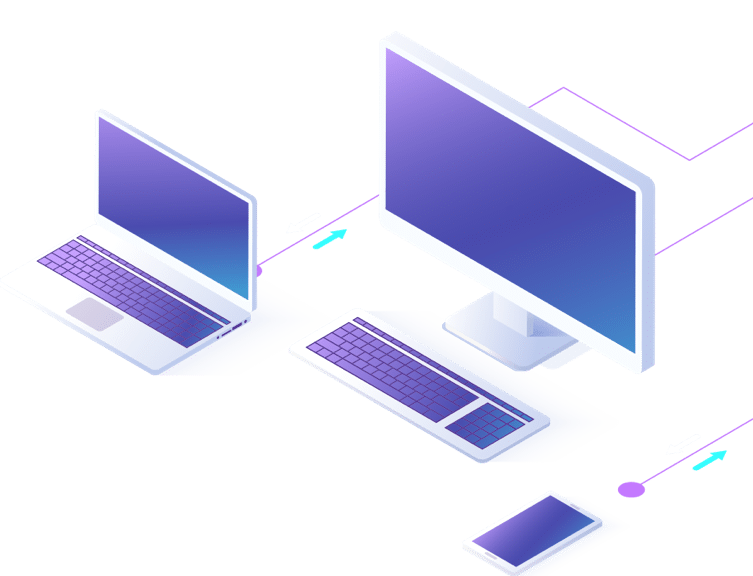How to protect your business from ransomware attacks
Ransomware attacks have become increasingly prevalent and pose a significant threat to businesses of all sizes. To protect your business from ransomware attacks, consider implementing the following measures:
Regularly Backup Your Data
Maintain regular backups of your critical data and ensure that the backups are stored securely and offline. This way, even if your systems are compromised, you can restore your data without having to pay a ransom.
Keep Your Software Updated
Regularly update your operating systems, applications, and security software to ensure you have the latest patches and security fixes. Outdated software can have vulnerabilities that attackers exploit to gain unauthorized access.
Use Strong and Unique Passwords
Enforce strong password policies across your organization, and encourage employees to use complex passwords that are unique to each account. Consider implementing multi-factor authentication (MFA) for an added layer of security.
Implement Security Awareness Training
Educate your employees about the risks of phishing emails, malicious attachments, and suspicious websites. Train them to recognize and report potential threats, and emphasize the importance of following secure practices.
Deploy Antivirus and Anti-Malware Solutions
Install reputable antivirus and anti-malware software on all devices within your network. Ensure that the software is kept up to date and perform regular scans to detect and remove any malicious software.
Use Firewalls and Intrusion Detection Systems
Implement firewalls and intrusion detection systems to monitor and control network traffic. These security measures can help prevent unauthorized access and block malicious activity.
Restrict User Privileges
Limit user privileges to only what is necessary for their job roles. By implementing the principle of least privilege, you can reduce the potential impact of a ransomware attack by restricting access to critical systems and data.
Regularly Test and Update Incident Response Plans
Develop and test an incident response plan to ensure you have a clear process in place in the event of a ransomware attack. Regularly review and update the plan based on lessons learned and changes in the threat landscape.
Enable Email and Web Filtering
Implement email and web filtering solutions to block malicious attachments, links, and websites known for distributing ransomware. This can help prevent employees from inadvertently downloading or accessing malicious content.
Stay Informed and Engage Security Professionals
Stay updated on the latest trends and tactics used by cybercriminals. Consider engaging with cybersecurity professionals who can provide guidance, conduct security assessments, and help you enhance your defenses.
By implementing a multi-layered approach to security and following best practices, you can significantly reduce the risk of falling victim to ransomware attacks. Regularly assess your security measures, stay vigilant, and invest in robust security solutions to protect your business and its valuable data.













